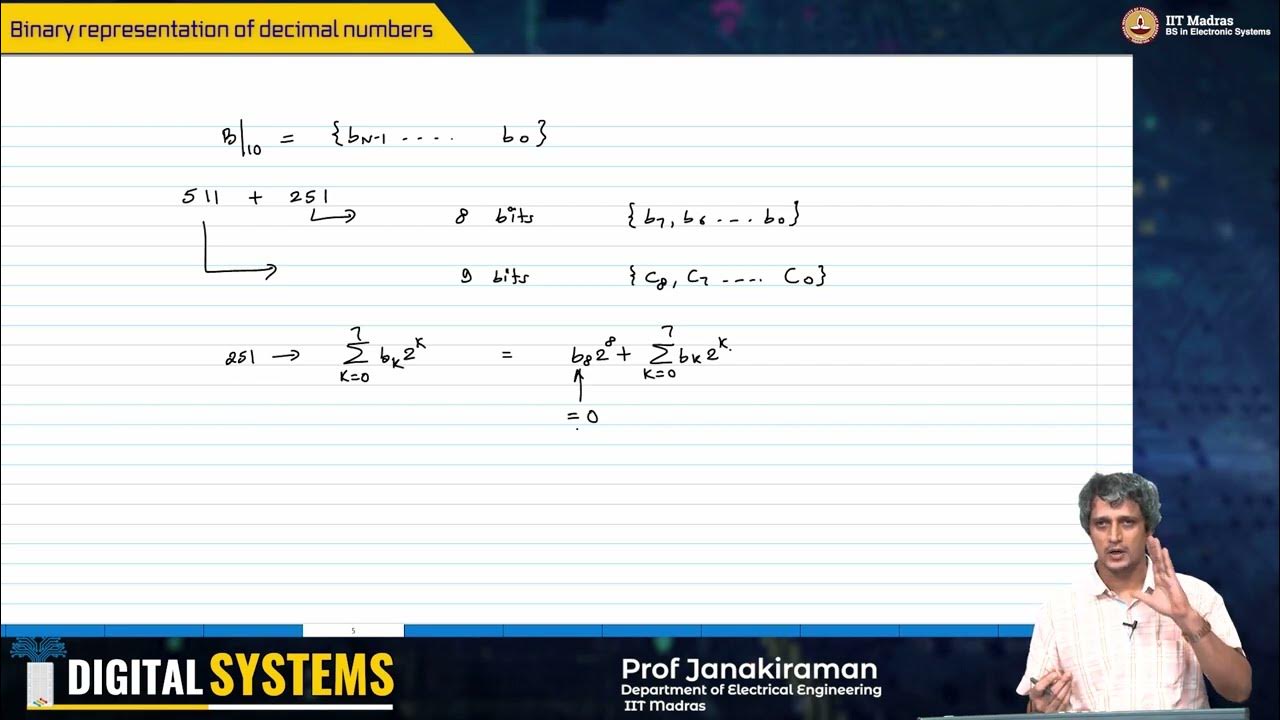PULSAR II™ ADVANCED WOUND IRRIGATION (AWI)™ WOUND DEBRIDEMENT SYSTEM Application Video
Summary
TLDRSue Teeter, Clinical Director at Sanera MedTech, provides a step-by-step guide for the bedside application process of the Pulsar 2 Advanced Wound Irrigation system. The process includes reviewing provider orders, gathering supplies, setting up the equipment, and applying the treatment bag. Sue explains the importance of maintaining sterile technique, using proper personal protective equipment, and assessing patient comfort during the procedure. The summary highlights key steps, such as preparing the irrigant solution, performing the irrigation, and documenting the treatment for patient records, ensuring a smooth and safe wound care process.
Takeaways
- 📝 Review the provider's orders for pulsed irrigation or hydro-mechanical debridement.
- 🧼 Wash your hands and gather necessary supplies, including personal protective equipment, irrigation bags, irrigant solution, and biohazard waste materials.
- 🧤 Use personal protective equipment as required by the facility's protocol, including disposable gloves and a protective pad under the treatment area.
- 💧 Select the appropriate irrigation bag size based on the treatment area, such as extremity or trunk sizes.
- 🔧 Attach the irrigator tip to the Pulsar 2 handpiece and prime the irrigation tubing before use, ensuring the clamp is in place.
- 🏥 Prepare the drainage collection bag and use a solidifier to prevent spills, positioning it for proper fluid flow.
- 👩⚕️ Ensure patient privacy, explain the procedure, and assess pain levels before starting the treatment.
- 🚿 During the procedure, maintain the irrigator tip approximately one inch away from the wound, using a circular motion without touching the skin.
- ⛔ If the patient experiences discomfort, stop treatment and reassess pain management needs.
- 📝 After treatment, document key details including treatment date, irrigant type and amount, pre and post-treatment assessments, and the patient’s response.
Q & A
What is the main purpose of the Pulsar 2 Advanced Wound Irrigation (AWI) system?
-The Pulsar 2 AWI system is designed to provide pulsed irrigation or hydromechanical debridement, aiding in the cleaning and debridement of wounds using prescribed irrigation solutions.
What supplies are necessary for the Pulsar 2 wound irrigation procedure?
-You will need personal protective equipment (PPE), a protective pad, disposable gloves, the Pulsar 2 AWI irrigator, an appropriately sized irrigation bag, prescribed irrigant solution (e.g., saline or antimicrobial solution), a biohazardous waste bag, an IV pole, skin protectant (if needed), and prescribed wound dressing materials.
How should the irrigation bag be selected and prepared?
-Irrigation bags are available in extremity or trunk sizes, and the opening can be customized to fit the wound. The bag comes with a standard disposable irrigator tip, but a tunneling tip can be used if needed. Label the bag with the patient’s name and date before use.
What steps should be taken to prepare the equipment before starting the procedure?
-Consider warming the irrigant in a basin of warm tap water, then pat the container dry. Hang the irrigation solution and the Pulsar 2 AWI battery pack from the IV pole, attach the irrigator tip securely to the handpiece, prime the tubing, and prepare the drainage collection bag with a solidifier.
What is the correct procedure for applying the irrigation bag to the wound area?
-Apply the treatment bag by positioning it over the wound area, securing the open end to the skin by removing the tape backing and applying it smoothly. Start from the bottom of the area and work upwards.
How should the handpiece be used during the irrigation process?
-Insert the tip of the irrigator handpiece through the treatment bag entrance, unclamp the tubing, and hold the tip about one inch away from the skin and wound. Adjust the flow using the handpiece and use a steady circular motion to irrigate the wound, ensuring the handpiece does not touch the wound.
What should be done if the patient experiences discomfort during the procedure?
-If the patient expresses discomfort, stop the procedure and reassess pain management. It is important to ensure the patient is comfortable throughout the treatment.
How should the equipment and waste be managed post-procedure?
-After treatment, turn off the unit, re-clamp the tubing, discard the irrigator tip into biohazardous waste, and ensure all fluid drains into the collection system. The solidifier in the collection system may take up to 15 minutes to fully gel.
What cleaning steps should be taken after the procedure?
-Clean the exterior surface of the irrigator following the facility’s infection control policies, dispose of biohazardous waste according to facility requirements, and hang the handpiece in a tip-down position to prevent reflux of residual fluid.
What documentation is required after the procedure?
-Document the date and time of treatment, the amount and type of irrigant used, patient and wound assessments pre- and post-treatment, any items removed during therapy, how the patient tolerated the procedure, and the post-procedure dressing applied.
Outlines

Этот раздел доступен только подписчикам платных тарифов. Пожалуйста, перейдите на платный тариф для доступа.
Перейти на платный тарифMindmap

Этот раздел доступен только подписчикам платных тарифов. Пожалуйста, перейдите на платный тариф для доступа.
Перейти на платный тарифKeywords

Этот раздел доступен только подписчикам платных тарифов. Пожалуйста, перейдите на платный тариф для доступа.
Перейти на платный тарифHighlights

Этот раздел доступен только подписчикам платных тарифов. Пожалуйста, перейдите на платный тариф для доступа.
Перейти на платный тарифTranscripts

Этот раздел доступен только подписчикам платных тарифов. Пожалуйста, перейдите на платный тариф для доступа.
Перейти на платный тарифПосмотреть больше похожих видео

PULSAR II AWI VIDEO - ENGLISH

Part 2_Dressing: Aplikasi Dressing pada Luka DM

Video Pembelajaran Mata Kuliah Keperawatan Dasar : Perawatan Luka

Penyiram Taman Otomatis dengan Sensor Cahaya dan Timer

W2_L2_Binary representation of decimal numbers

How to Make a Hydroganic/Aquaponic Installation with Tilapia Fish Ponds
5.0 / 5 (0 votes)
